Table of Contents
Grass clippings are suitable for composting! In fact, they can serve as a carbon or nitrogen source for your compost, making them a great addition to your garden.
Freshly-cut grass clippings contain nitrogen, which promotes the growth of beneficial bacteria for composting. However, they have a high water content that can make your compost pile soggy. This creates an anaerobic environment, causing unpleasant odors. To minimize this risk, maintain a 2:1 ratio for carbon and nitrogen materials, turn the pile regularly to aerate it, and add more brown materials if needed.
Meanwhile, dried and golden grass clippings are rich with carbon and are great for absorbing excess moisture. Combine dried grass clippings as brown materials and balance them with other green materials, such as food scraps, vegetable trimmings, and fruit wastes.
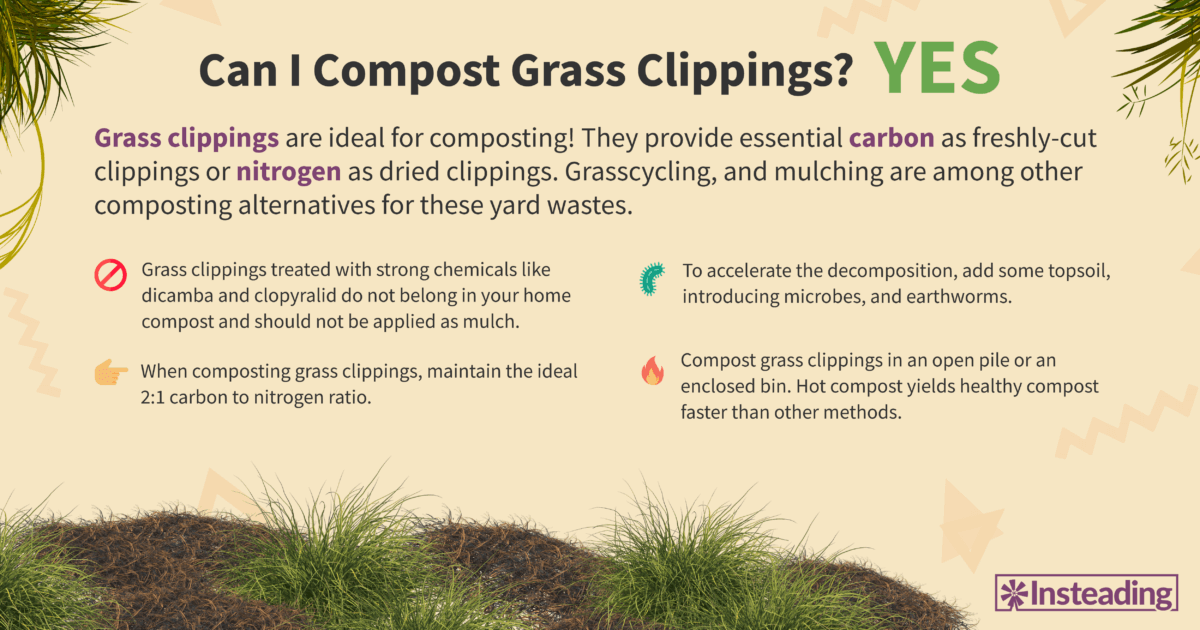
Grass clippings that are treated with strong chemicals like dicamba and clopyralid do not belong in your home compost and mulch. Frequently used in farms and public venues, these powerful herbicides can take up to a year to fully break apart.
Some treated grass clippings can still be composted, depending on the product used. Read the product’s label or consult with the manufacturer for guidance.
Grasscycling and mulching are among other composting alternatives for grass clippings. Continue below for a comprehensive guide on safely and efficiently transforming these yard wastes into organic compost at home!
How to Compost Grass Clippings
To ensure a successful compost, carefully prepare your grass clippings and maintain optimal composting conditions. You can use grass clippings as either green or brown material, depending on your preference.
You can compost grass clippings in an open pile or a bin. If these options are unavailable, consider composting them inside a plastic bag.
Preparing Untreated Grass Clippings for Composting
Compost untreated grass clippings from your lawn or backyard without worry. Start by collecting the grass and deciding how you want to use it.
Freshly-cut grass clippings are high in nitrogen, making them organic green materials. However, they have excessive moisture content—grass is typically 80% water—which can make your pile or heap too wet. This anaerobic condition may lead to slow decomposition and cause unpleasant odors. To minimize this issue, balance your freshly-cut clippings with carbon-rich brown materials like shredded cardboard, paper, sawdust, and straw. Aim for an ideal Carbon:Nitrogen (C:N) ratio for composting grass clippings of approximately 2 parts browns for every 1 part greens.
If you completely allow them to dry under the sun, the composition of these grass clippings changes—they become packed with carbon! Use dried grass clippings as brown materials and balance them with other green materials, such as food scraps, vegetable trimmings, and fruit wastes. Maintain the standard 2:1 ratio to balance carbon-rich and nitrogen-rich ingredients.
Preparing Chemically Treated Grass Clippings for Composting
You can compost grass clippings treated with herbicides depending on the chemical product used. Most herbicides and other garden chemicals for residential homes are legally obligated to decompose in a few days. You can add grass clippings treated with these herbicides to your compost pile.
However, stronger herbicides commonly used on farms and large public venues take up to one year to fully break down. Grass clippings that are treated with these potent chemicals such as dicamba and clopyralid shouldn’t go to your home compost or use them for creating mulch.
To determine the longevity of your herbicides, read the product’s label. Decide whether you want to use your treated grass clippings as brown or green material. Maintain the 2:1 ratio for carbon and nitrogen for best results!
If you want to keep your compost purely organic, consider discarding treated grass clippings and exploring other composting alternatives.
Optimal Composting Conditions for Grass Clippings
When composting grass clippings, maintain the ideal 2:1 carbon-to-nitrogen ratio. Layer these materials in your open pile or enclosed bin. Together, these garden wastes create a favorable environment for composting microorganisms. To accelerate the decomposition process, add some topsoil, introducing useful bacteria, microbes, and even earthworms to support the decomposition of your organic wastes.
Adding grass to your pile introduces excess moisture, producing an anaerobic environment. This may lead to slow decomposition and cause foul odors to your compost. Aerate the pile by turning and add more brown materials if needed to minimize this issue.
In a hot composting method, turn the compost pile regularly and maintain the optimal temperature range of 90 to 140 degrees Fahrenheit. A long-stemmed backyard thermometer ensures that your compost remains within this temperature range.
These optimal conditions guarantee the efficient decomposition of grass clippings.
How Long Do Grass Clippings Take To Compost?
Grass clippings can break down within a few months under the right conditions in a well-maintained compost pile. Considered one of the fastest decomposing garden wastes, they are a popular ingredient among gardeners and composters. If left alone right where you mowed them, grass clippings of 1 inch or shorter may break down in a few weeks. This alternative composting method is known as grasscycling.
How Grass Clippings Affect the Composting Process
Grass clippings supply essential nutrients that benefit composting microorganisms. However, mismanaging a pile with grass clippings can lead to foul odors and slow the decomposition of your organic waste.
Impact on Decomposition
Freshly cut grass clippings readily provide nitrogen and promote microbial growth. To ensure faster decomposition of your organic materials, layer grass clippings with carbon-rich materials. Dried grass clippings release carbon and help control excess moisture in your pile.
Microbial Activity
A great source of nitrogen, freshly-cut grass supports the growth of beneficial microbes for composting. These microorganisms process organic materials, converting them into nutritious compost. As a result, the microbial activity generates heat that “cooks” the organic materials.
Temperature and Moisture
As the temperature increases during the composting process, turn the pile to maintain the optimal temperature range for hot composting, which is between 90 and 140 degrees Fahrenheit.
Because of their high moisture content, grass clippings can impact the overall moisture levels of your compost pile. Excess water creates an anaerobic environment, slowing down the decomposition process and causing the pile to smell unpleasant. To reduce moisture, incorporate more browns like dead leaves, wood chips, or sawdust. You can also add dried grass clippings to minimize this issue.
Potential Issues with Composting Grass Clippings
Mismanaging a compost pile with grass clippings can cause potential issues, such as foul odors and soggy compost.
Will Composting Grass Clippings Attract Pests?
In a well-managed pile, composting grass clippings usually does not attract pests. To achieve this, follow the ideal carbon-to-nitrogen ratio, regularly aerate the pile, and maintain balanced moisture levels.
Will Composting Grass Clippings Cause Odors?
Grass clippings may cause unpleasant odors if your compost pile is too wet. You can turn the pile for aeration, and add more brown ingredients to minimize this issue.
Methods for Composting Grass Clippings
Various methods are available for composting grass clippings. Explore them and determine which one best suits your lifestyle and resources.
Hot Composting
Suitable for hot composting, freshly-cut or dried grass clippings provide an excellent nitrogen-rich or carbon-rich addition, promoting microorganism development in the pile. Mix compostable grass clippings with other organic materials, following the ideal 2:1 carbon and nitrogen ratio. Keep the pile’s temperature between 90 and 140 degrees Fahrenheit. The hot composting method generates compost faster than other methods for your garden as it utilizes heat produced by the pile’s microorganisms.
Cold Composting
Ideal for first-time composters, cold composting can process grass clippings with minimal human intervention. This simple method relies on natural organisms to kickstart the decomposition of organic materials. However, cold composting takes longer to produce healthy compost compared to hot composting.
Vermicomposting
Vermicomposting involves using specific worm species to transform grass clippings into nutrient-rich compost. You can use worm composting both indoors and outdoors. Earthworms eat and break down organic materials through digestion, resulting in humus-like worm castings. However, to ensure the safety of your worm farm, avoid using grass clippings treated with chemicals.
Bokashi Method
In Bokashi composting, grass clippings, and other organic matter are isolated inside a specialized Bokashi bin. The compostable waste ferments using a unique mixture of inoculant bran, which helps complete the composting process.
Bokashi is perfect for gardeners with limited garden space at home. The Bokashi container protects the compost from pests and traps any unpleasant odors, ensuring a safe and odor-free composting experience. You can also explore a Bokashi Yard Waste Fermenting System.
Alternatives to Composting Grass Clippings
When you can’t compost grass clippings, consider the following sustainable alternatives to make good use of them!
Grasscycling
Grasscycling offers an easy way to use grass clippings. Simply leave the clippings on the ground after mowing your lawn or backyard, allowing them to decompose naturally. Shorter grass clippings (1 inch or less) act as a natural fertilizer for your garden soil. Be sure to remove longer clippings to prevent pile-ups and thatches.
Through grasscycling, you won’t need to bag and move the grass clippings anywhere else, significantly reducing the time spent on mowing.
Reusing Grass Clippings as Mulch
Grass clippings are reusable as mulch for your soil and plants! Mulch is a thin layer of organic materials over the surface of your garden soil. It helps regulate soil moisture, improve soil quality, and minimize weed growth. To use grass clippings as mulch, first dry them, then spread them around plants in your garden bed. Limit the mulch layer to 1 to 2 inches and only use dry clippings.
Wet grass clippings don’t work well as mulch because they can clump together on the soil, inhibiting nutrient and oxygen absorption. Additionally, grass clippings from lawns treated with herbicide for dandelions and broadleaf weeds are not appropriate for mulching.
A mulching mower is a useful piece of equipment that can convert grass into mulch. It trims grass clippings into smaller sizes and scatters them across your backyard or lawn. Consider upgrading your typical lawn mower with this one!
Feeding Grass Clippings to Chickens & Livestock
You can feed freshly-cut or dried untreated grass clippings to cattle, chickens, goats, and sheep in small to moderate amounts. However, don’t feed grass clippings to guinea pigs, horses, or rabbits at home, as their digestive systems aren’t suited for these backyard wastes.
Grass clippings from chemically treated lawns or backyards are not safe for animal consumption.
Disposal Options for Grass Clippings
If none of the options above are possible, you should properly collect grass clippings and dispose of them in an appropriate waste bin.
What Grass Clippings Shouldn’t Be Composted?
Don’t add grass clippings treated with powerful chemicals like dicamba and clopyralid to your home compost. These potent herbicides, often used on farms and large public venues, can take up to a year to break down completely and are not suitable for mulching.
Depending on the product used, some treated grass clippings are still compostable as other garden chemicals meant for household use decompose within a few days. For guidance, read the product’s label or contact the manufacturer.
If you feel unsure, you can discard these treated clippings to keep your compost completely organic!
Safety and Precautions When Composting Grass Clippings
To reduce potential issues while composting grass clippings, follow proper preparation of the materials and maintain the ideal conditions for the compost pile.
After your composting activity, wash your hands with soap under running water.
FAQ
How do I turn grass clippings into carbon sources?
To transform grass clippings into carbon sources for your compost, thoroughly dry them out. Spread the clippings under the sun. Flip the pile if needed until all green layers of grass clippings become dried and golden. Once ready, balance the clippings with other organic materials.
Can I compost my grass clippings if they have weeds in them?
You can compost grass clipping with weeds, but proceed with caution. Your hot compost system needs to reach temperatures between 150 and 160 degrees Fahrenheit to kill existing seeds and roots in the weeds. If these high temperatures aren’t achieved, applying the resulting compost to your garden bed might lead to the growth of unwanted weeds from the surviving roots and seeds.
How can I prevent bad smells when composting grass clippings?
Follow the 2:1 ratio for carbon and nitrogen, aerate the pile, and add more browns like dried leaves, shredded paper, cardboard, and sawdust to prevent bad smells. Evenly mix the grass clippings throughout the compost and maintain the optimal composting conditions for best results.


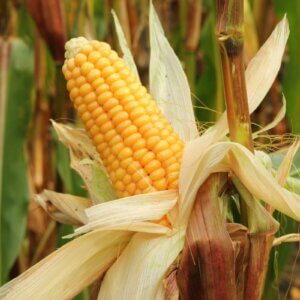
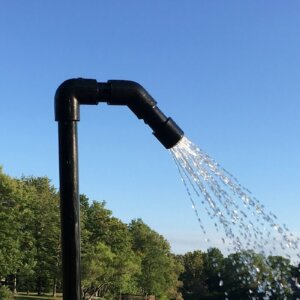


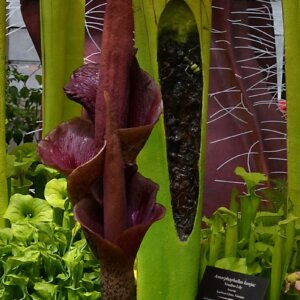




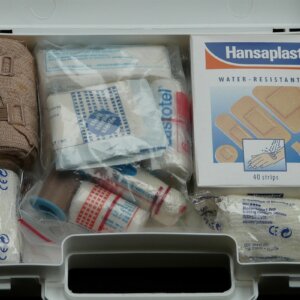
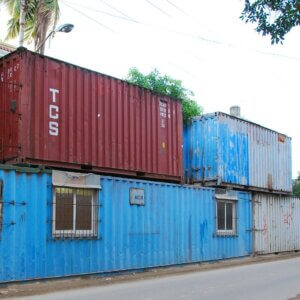


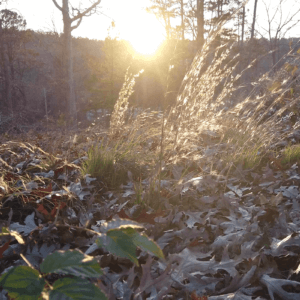
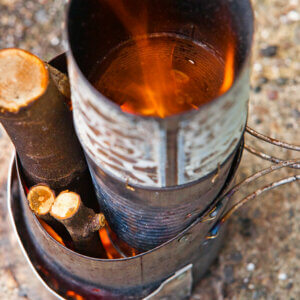




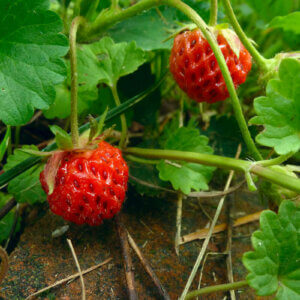


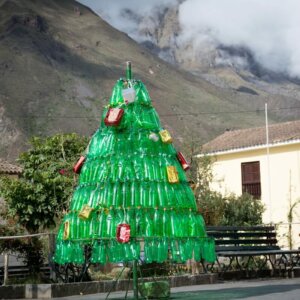

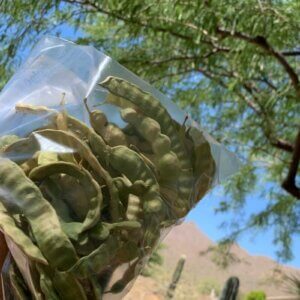
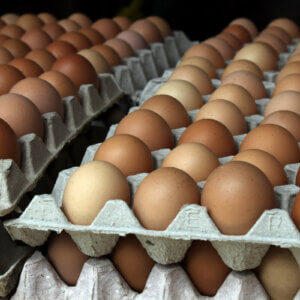
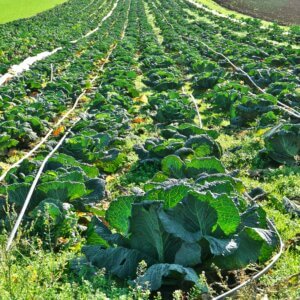

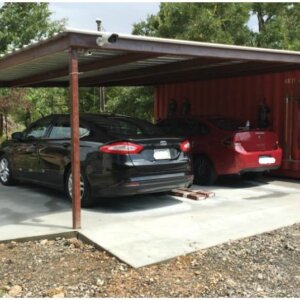
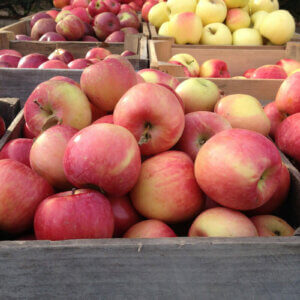

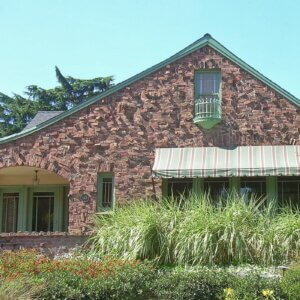

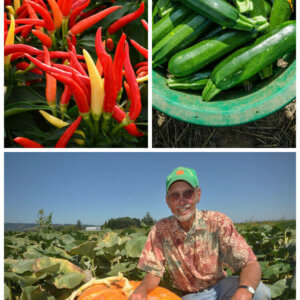

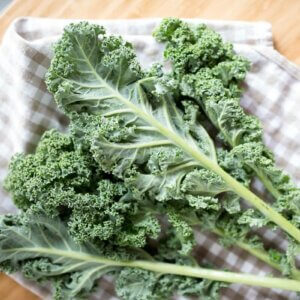
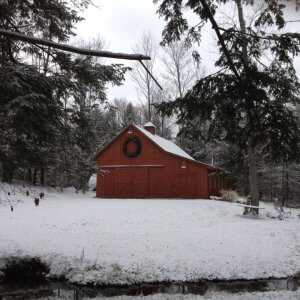


Leave a Reply